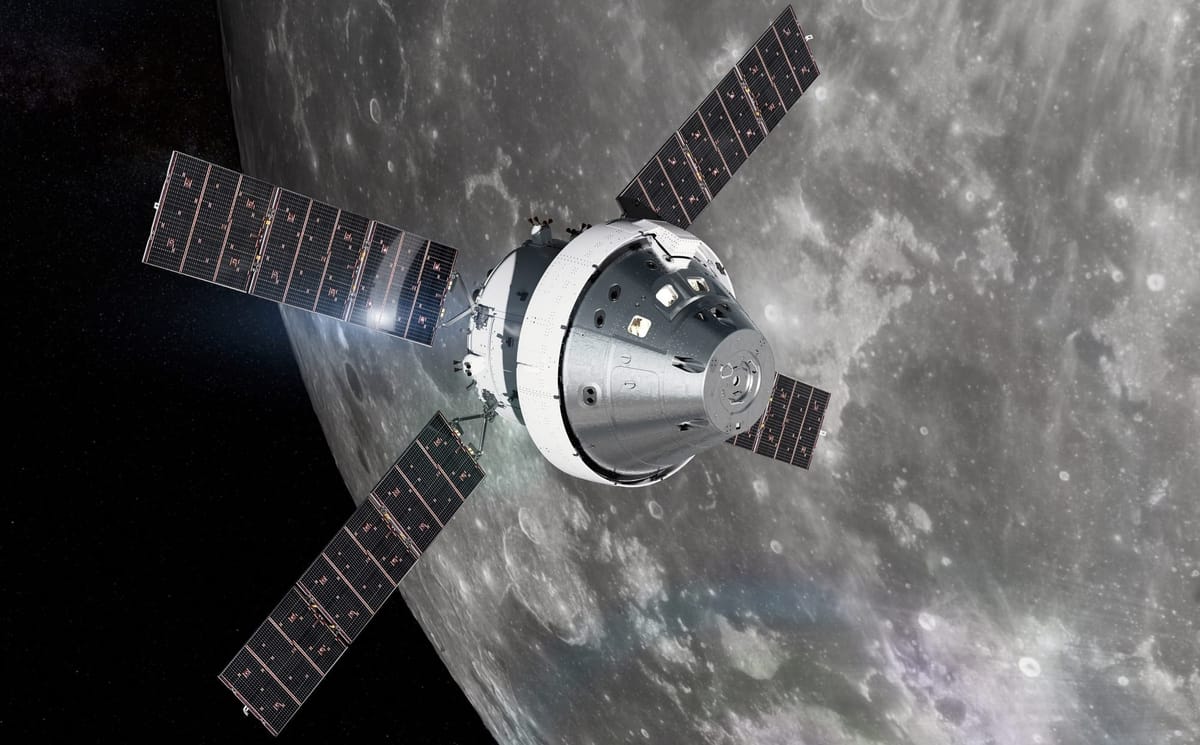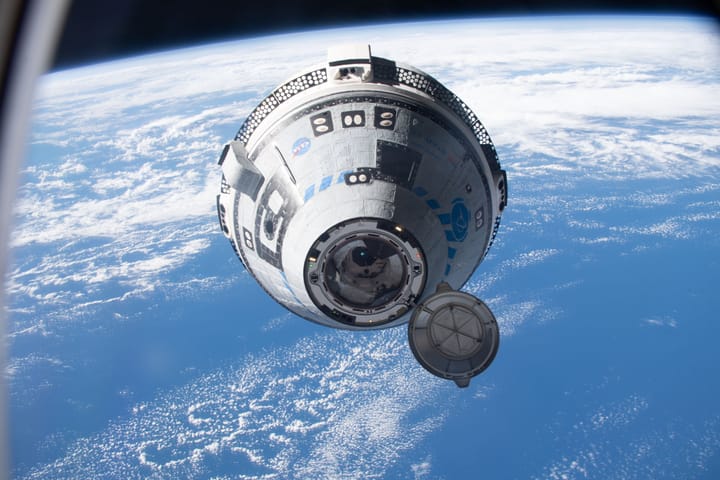When NASA announced that they would be sending astronauts back to the moon by 2024, it promised to be the dawn of a new era in space exploration, but a simple infographic released detailing Artemis III’s orbit around the moon showed a problem that may not have been all that apparent to the untrained eye.
When NASA announced that they would be sending astronauts back to the moon by 2024, it promised to be the dawn of a new era in space exploration, but a simple infographic released detailing Artemis III’s orbit around the moon showed a problem that may not have been all that apparent to the untrained eye.
If you haven’t seen the Youtube channel called “Smarter Everyday”, you need to do yourself a favour and go and check it out. The man behind the channel, Destin Sandlin has over time created some of the most captivating educational videos out there. Destin has worked a full time job as a Missile Flight Test Engineer, and is currently a PhD candidate at the University of Alabama. Rocket science runs in his family, with his grandfather having worked as a ballistic missile expert and his father having worked on the recently launched James Webb Space Telescope. By all accounts the man is quietly, extremely intelligent. His opinion carries much weight in many circles, and late in 2023 he somewhat bravely called NASA out on it’s first Artemis mission that is intended to land on the moon(Artemis III). And it all started with that infographic mentioned above, and the flaw it exposed in NASA’s mission plan.
Orbits

Looking at the infographic above, one can see the intended orbit of the mission, which is known as a Near-Rectilinear Halo Orbit (NHRO). Now when a person starts to speak of orbits around Earth or the moon, it can get very complicated very quickly, but for the purposes of this article we’ll keep it light-touch. What the orbits in these illustrations really are, are a basic representation of the path a spacecraft would follow on its way to the moon, to land, and more critically, to come back to earth safely. The Apollo missions in the 60’s used Low Lunar Orbits (LLO) while at the moon.
The Apollo spacecraft used circularisation burns while in Earth orbit, and eventually executed a trans-lunar injection burn, which effectively catapulted the spacecraft towards the moon. Once it reached the moon it would slow down and eventually settle into a low orbit around the moon. The Lunar lander would separate from the command module, land, and eventually return to dock with the command module. Once done they would perform a burn to catapult it back toward Earth. In a sense, this was a relatively simple set of orbital mechanics.
The NHRO orbit is a very different approach. While the initial stages of the mission from earth bear a resemblance to the Apollo era missions, the approach when arriving at the moon is different for the Artemis missions. Instead of settling directly into a LLO orbit, the spacecraft and crew would settle into NHRO orbit, which is an orbit with a very elongated ellipses as the graphic to the left shows. Destin posed the question: Why? It was an interesting question to a room full of Artemis engineers who, as evidenced by the video were pretty scared to say what they were thinking.
The problem
The NHRO orbit would take the spacecraft and crew past the moon into this orbit, the apogee of which will take an additional 6 days (over and above the time it took to get from Earth to the moon). Once the spacecraft makes it back to the moon from the apogee of that orbit, it would take an additional half a day to transfer from NHRO to LLO, which is the orbit needed to get the spacecraft in a position to land on the moon after docking with SpaceX’s Starship (the lunar lander contract winner) and performing a crew transfer.
The major flaw in this planned orbit is what could happen in the event the spacecraft experiences an issue (for instance a helium leak), and a decision would need to be made to abort the LLO entry burn and return to Earth. In the case of the NHRO orbit, it would take another 6 days to get you going back to earth in the Orion capsule, by which point it may be too late for the astronauts. The same would be true if something went wrong on the surface of the moon. The 6 day delay posed by this orbit is the real risk factor, and it may be a problem that NASA can’t solve.
Destin directed the question of why this is a problem to the room of cowering NASA engineers. After all, if the Apollo era space capsules could fly from earth to the moon and settle directly into an LLO orbit, why can’t NASA’s latest and greatest Orion capsule do it?
He answered his own question. It is because the Orion spacecraft lacks the necessary fuel capacity to perform the necessary burns to place itself directly into an LLO orbit and perform a trans-earth injection burn to return home. This is a problem that has two major hurdles that will need to be overcome if the issue is to be resolved. Firstly and most obviously is the impact on the timeline of the mission. Should a design change be attempted to remedy this situation, either on the spacecraft or it’s service module built by the European Space Agency, it would further push back a launch timeline that can already be considered far fetched. The initial target of launching the flyby Artemis II mission has as at time of writing been pushed back further to September 2026 due to an array of problems with the Orion capsules heat shield, Starship’s yet to be testing on-orbit refueling and issues with Orion’s life support system. This is not to mention what might happen to the Lunar Gateway timeline, which is to act as a lunar space station that NASA wants to use as a command post in support of these missions.
Secondly, the cost impact will be enormous. Frightful as it may sound, the sheer cost of the current mission profile is already the stuff nightmares are made of. The cost of developing the SLS rocket on which the mission would be launched has costed orders of magnitude more than NASA had projected already. Then comes the problem of Starship.
The moon lander version of Starship (based on currently available data) doesn’t have enough fuel to launch on its Super Heavy booster, get to the moon, land the astronauts, launch them back to the orbiting capsule and return to Earth (or be placed in a slingshot orbit that will mean its disposal). In fact, the lander may need multiple starship launches to be performed to refuel it while in low earth orbit. Only once the on-orbit refueling testing is complete will we know the extent of this issue and the cost impact thereof.
When considering the picture holistically, it becomes clear that NASA has gone down a very complicated road, in some senses because of shortcomings with it’s hardware, and in others because of possibly unrealistic expectations of what could be achieved in such a short timeline, even in this day and age.
If NASA is serious about returning to the moon before 2030, they will need to consider the sensibility of continuing down its current path.
Below is Destin’s 1 hour lecture to NASA engineers.





